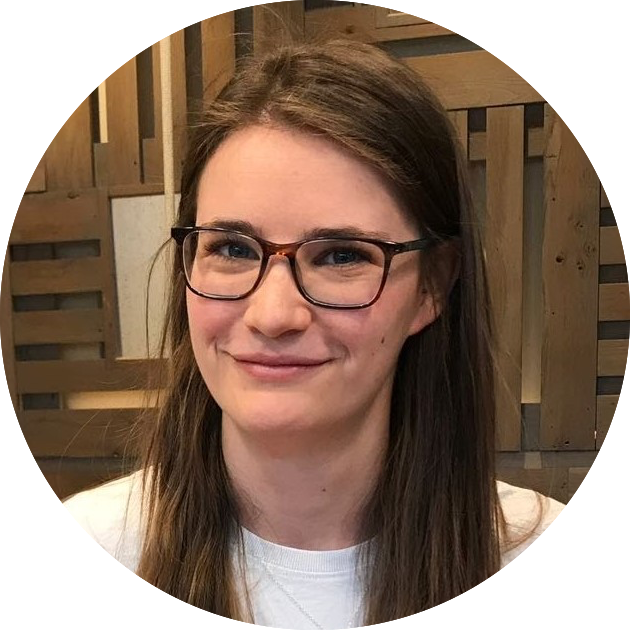Ciprian Catana, MD, PHD Director of Integrated PET/MR Imaging Athinoula…
Louise M. Clark, PhD: Computer Engineering and 3D Printing an Automated Raman Theranostic Robot

Louise Clark, PhD
Postdoctoral Research Fellow
Dana Farber Cancer Institute
Harvard Medical School
Abstract
In the treatment of most solid tumors, surgical excision of the gross and microscopic cancer cells is an integral part of the therapeutic pathway. Determining the success of the treatment relies on post-surgical examination of the excised tissue to confirm the “margin status”, with positive results (PMS) indicating macro and/or microscopic cancer residuals. Attempts to eliminate PMS has led to research into the implementation of a rapid, highly sensitive analytical technique, Raman spectroscopy, within the operating theatre. Current intraoperative applications either externally analyze extracted tissue requiring possible superfluous sampling, or utilize a fiber optic probe relying on slow, point-by-point manual excision of positively detected areas.
In this talk, I will discuss my postdoctoral project showing the progress made into developing an automated, Raman theranostic robotic system, and give an overview of Raman spectroscopy techniques and their applications in medical diagnostics. Our in-house, gold nanostar constructs enhance the Raman signal, in a technique known as Surface Enhanced Raman Spectroscopy, “lighting up” periphery cancer cells for easier detection. Further tailoring of these nanoparticles with radiotracers opens up hybrid imaging possibilities with PET/CT. Results from this research, and the fusing these imaging modalities, could help in the surgical conservation of healthy tissue, minimize human error leading to PMS, and potentially reduce cancer recurrence rates.
Short Bio
Louise is a Postdoctoral Research Fellow under the guidance of Dr. Moritz Kircher at the Dana Farber Cancer Institute. She received her PhD degree in Biophysics from the University of Exeter (United Kingdom) and a BSc degree in Diagnostic Radiography from the same institute. It was her insight into the inner workings and pathways of hospital diagnostics which led her to pursue research into Raman-based biomedical techniques. Louise’s PhD research focused on the combination of Transmission Raman, a deep imaging technique, and mammography, exploiting the flattened nature of the breast. The development of an automated mapping robot in this project led to a pursuit in medical robotics in her Postdoc.